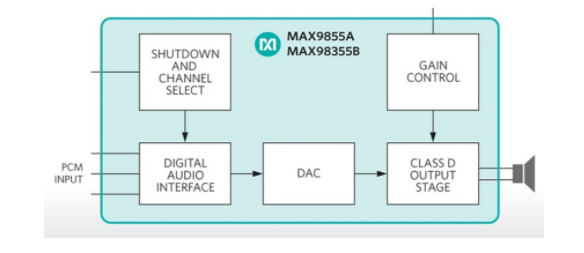5月 26, 2021
2324
"Audio amplifier" (audioamplifier) is the main component of intelligent hearable devices (whether wired or wireless) inserted into or behind the ear.
For listening-wearing device design, the analog circuit converts the sound through the microphone, amplifies and adjusts it, and then sends it to the microcontroller (MCU) to allow the MCU to further adjust and filter the signal, and finally drive the micro speaker to send the signal to Eardrum. The digital processing based on the micro-processing unit (MPU) can promote the elimination of background noise and acoustic feedback, enhance the voice effect, and provide automatic gain control (AGC).
Audio amplifiers use linear mode transistors to form an output voltage, which can be said to be a scalable version of the input voltage.
Audio systems usually use class A (classA), class B (classB) and class AB (classAB) amplifiers. However, for miniature listening-wearing devices, Class B and Class AB amplifiers are not a pragmatic choice due to their high power consumption. As long as the design engineer can ensure operation within the linear range of the amplifier, choosing a class A amplifier that helps reduce distortion for the pre-amp seems to be the ideal choice.
Class A amplifiers have low distortion and echo. The problem is that when using a small battery, the energy consumption of the Class A amplifier is higher, and the dynamic range is not large. Therefore, the energy-efficient version of the Class A amplifier-Class H (class H) preamplifier may be a better choice.
However, in fact, Class D amplifiers are gradually becoming the best choice for listener design. The Class D amplifier, which was proposed as early as 1958, consumes much less power than the above-mentioned amplifiers. Therefore, Class D amplifiers are more energy efficient and thus extend battery life.

More importantly, the Class D amplifier does not require the use of a digital-to-analog converter (DAC), so it can directly drive speakers. The sound does not have to be digitally processed, so the amplified sound is clearer, more natural, and more pleasing to the ear.
Class D amplifiers obviously play a vital role in bringing more efficient amplification functions to small devices such as listening-wearing devices. Medical hearing aids are another design frontline where the power efficiency and low-noise characteristics of Class D amplifiers can be fully demonstrated.